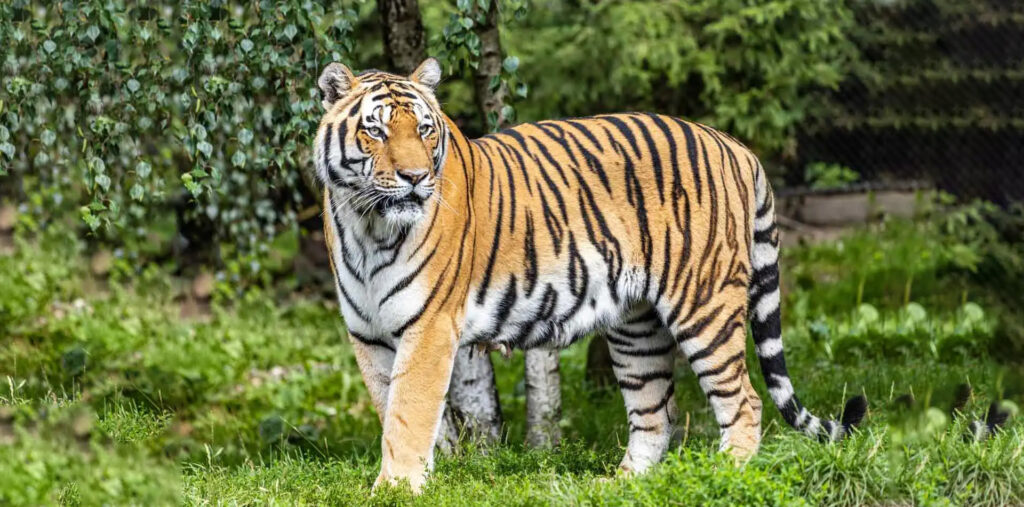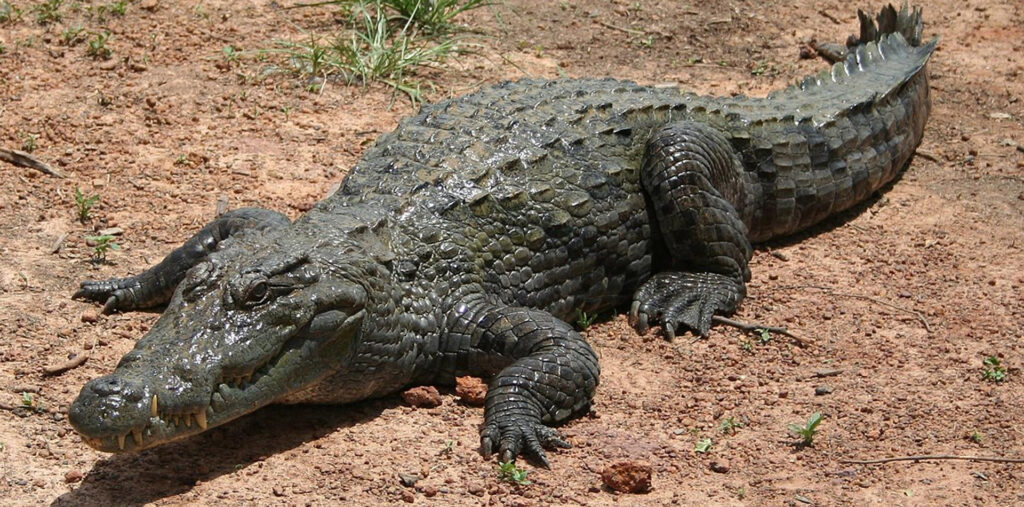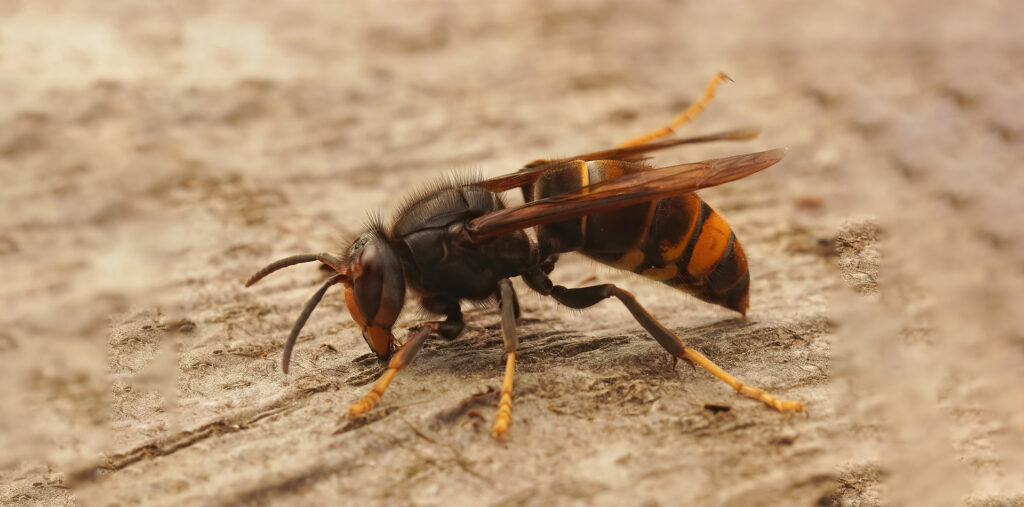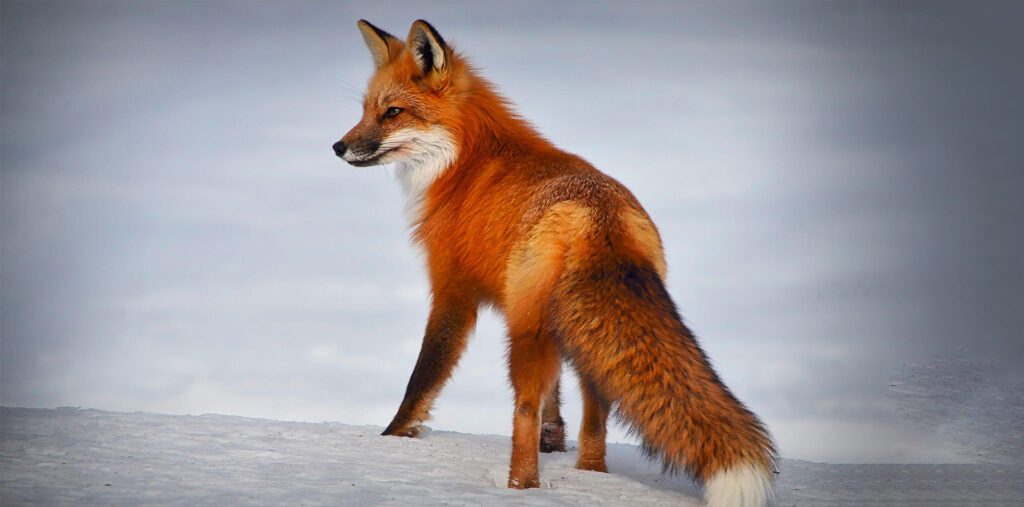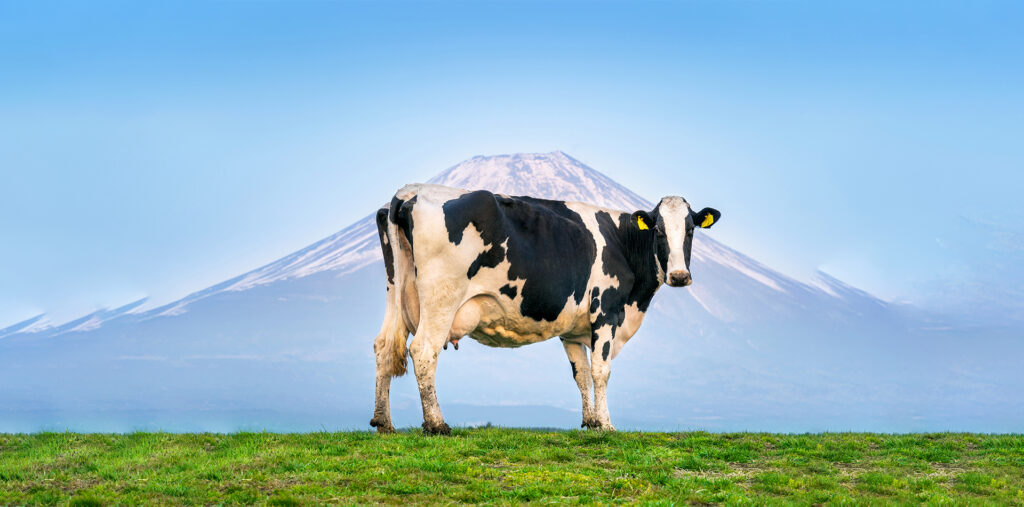Meet with Deer

Welcome to our comprehensive guide to deer! These graceful and majestic creatures roam the forests, meadows, and grasslands of various continents, captivating the hearts of nature enthusiasts and wildlife lovers around the world. From their elegant appearance to their fascinating behavior, deer play a vital role in ecosystems and hold cultural significance in many societies. In this “Unveiling the Grace and Majesty of Deer: A Comprehensive Guide” blog post, we’ll explore everything you need to know about deer, from their biology and habitats to their cultural symbolism and conservation status.
Biology and Species Diversity:
Deer are members of the Cervidae family, which includes over 50 species worldwide. These ungulate mammals are characterized by their slender legs, hoofed feet, and branched antlers (in males of most species). Deer species vary in size, with the smallest being the pudu, standing just over a foot tall at the shoulder, and the largest being the moose, reaching heights of up to 7 feet at the shoulder. Deer exhibit a wide range of coat colors and patterns, including brown, gray, white, and spotted variations.
Habitats and Distribution:
Deer inhabit a diverse range of habitats, including forests, grasslands, savannas, and wetlands, depending on the species. They are found on every continent except Antarctica, with the highest species diversity occurring in Asia and North America. Deer are highly adaptable animals that can thrive in various environments, from mountainous regions to urban areas, although habitat loss and fragmentation pose significant challenges to their survival in some regions.
Behavior and Life Cycle:
Deer are primarily crepuscular or nocturnal, meaning they are most active during dawn and dusk or during the night. They are herbivores, feeding on a diet of leaves, grasses, twigs, and other vegetation. During the breeding season, known as the rut, male deer engage in elaborate displays of dominance and aggression to compete for mating opportunities with females. Female deer, called does, give birth to one or two fawns after a gestation period of about six to seven months.
Cultural Symbolism and Conservation:
Deer have long held cultural significance in various societies around the world, often symbolizing qualities such as grace, fertility, and gentleness. In many indigenous cultures, deer are revered as sacred animals and are often depicted in art, folklore, and religious ceremonies. However, deer populations face numerous threats, including habitat loss, hunting, poaching, and vehicle collisions. Conservation efforts aimed at protecting deer habitats, managing populations, and reducing human-wildlife conflicts are crucial for ensuring their survival and maintaining healthy ecosystems.
Deer are iconic symbols of the natural world, embodying grace, beauty, and resilience. By learning more about their biology, behavior, and cultural significance, we can deepen our appreciation for these magnificent creatures and work towards their conservation and protection. Whether you encounter them in the wild or admire them from afar, the presence of deer is a reminder of the interconnectedness of all living things and the importance of preserving our planet’s biodiversity for future generations.
